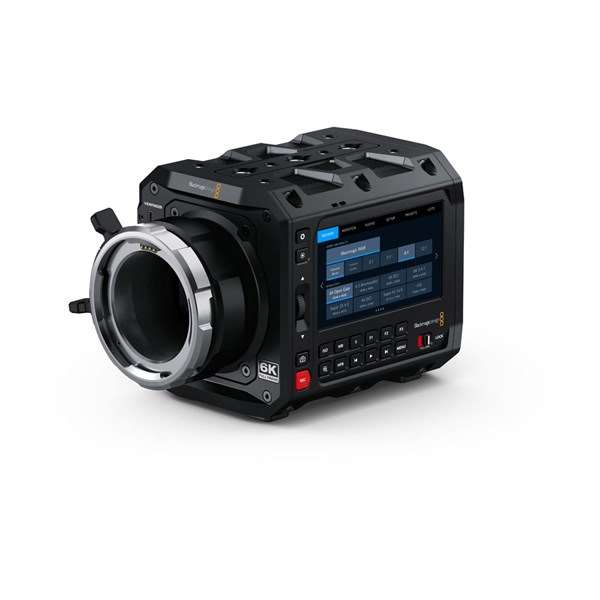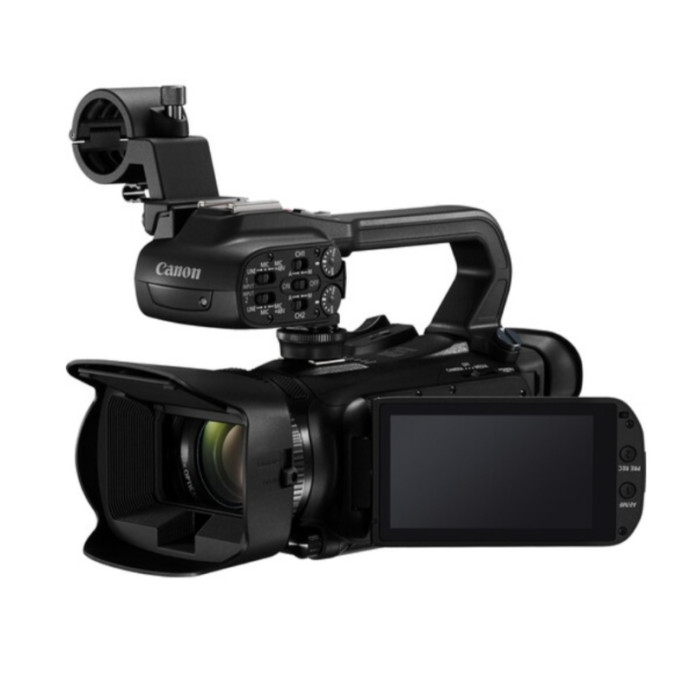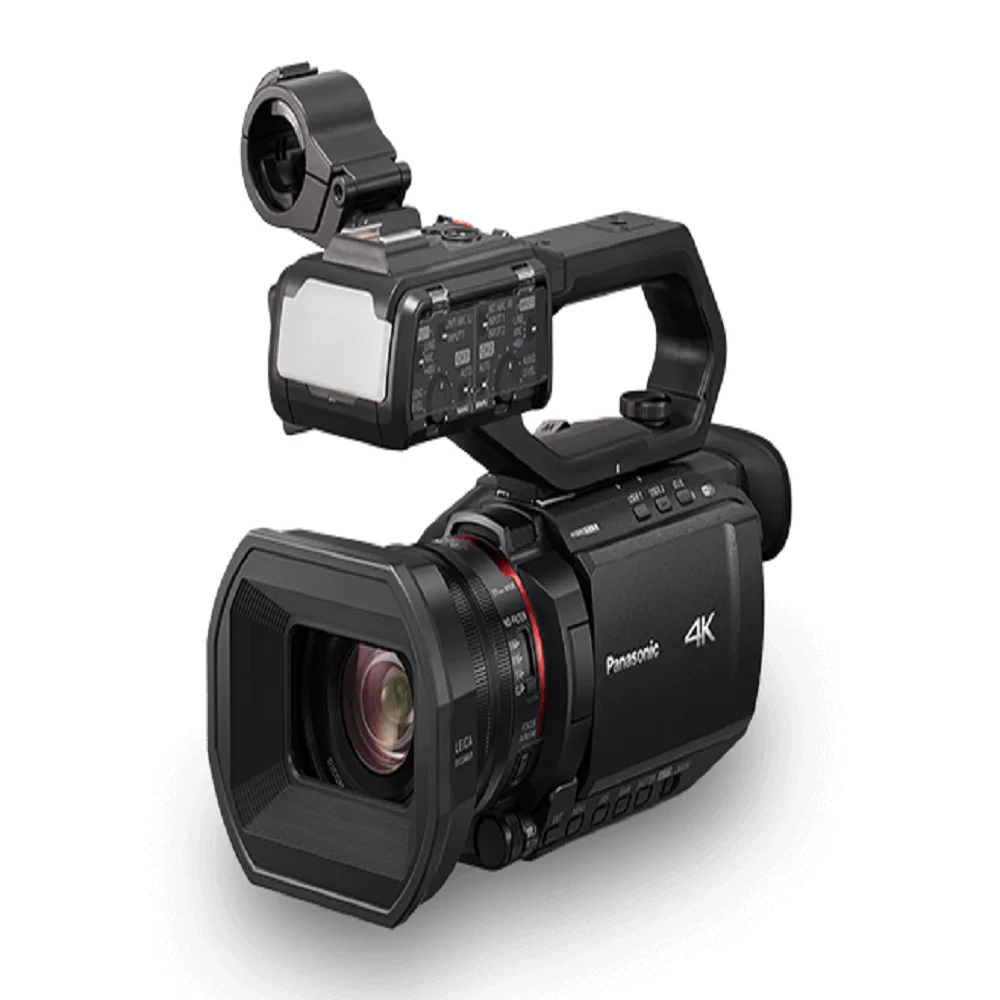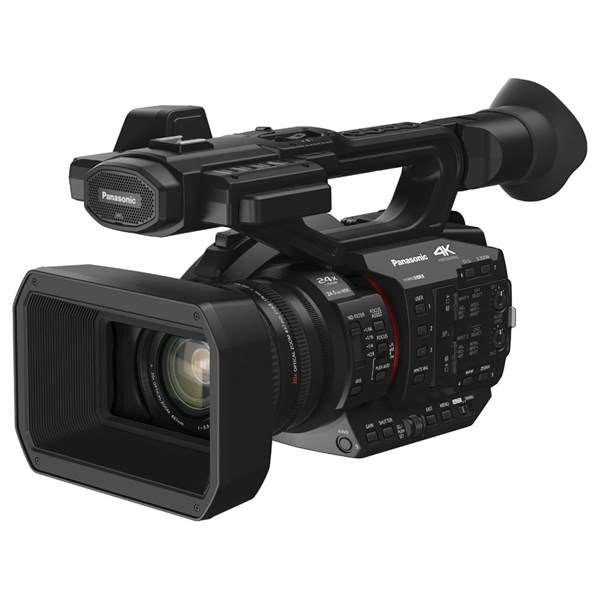Early Experiments in Motion Pictures
The roots of motion pictures stretch deep into the 19th century. When was the video camera invented? In those days, inventors were enthralled by the possibility of capturing life’s movement. This fascination laid the groundwork for the first video camera.
The Advent of Motion Picture Technology
Before video cameras, motion was captured through ingenious but rudimentary methods. Devices like the zoetrope and the phenakistoscope offered glimpses into animated life. These devices paved the way for true motion picture technology.
Contributions of Pioneers like Muybridge and Le Prince
Pioneers Eadweard Muybridge and Louis Le Prince made significant strides. Muybridge’s experiments broke down motion scientifically, capturing a horse’s gallop in a series of stills. Louis Le Prince created the first motion picture, the ‘Roundhay Garden Scene’ in 1888, on paper film, making history. Their work created a foundation that spurred the invention of the first movie cameras.

Development of the First Movie Cameras
The journey from motion picture devices to movie cameras marked a pivotal shift in recording history.
The Kinetograph and Its Impact
In 1891, a groundbreaking invention known as the Kinetograph came into existence. Created by William Kennedy Laurie Dickson, an employee of Thomas Edison, this early movie camera began a new era in visual storytelling. The Kinetograph captured motion in a novel way, using 25 mm film. It enabled longer sequences than prior devices, allowing viewers to immerse themselves in dynamic scenes. Although Edison also pursued video camera invention, Dickson’s Kinetograph set the stage for future developments in film.
Advancements by Proszynski: Pleograph and Aeroscope
Kazimierz Proszynski’s contributions soon followed, adding to the film innovation timeline. In 1894, he introduced the Pleograph, a camera with an integrated projector. This dual-function device simplified the process of filming and showing movies. Proszynski also invented the Aeroscope, the first hand-held camera powered by compressed air. It was a significant leap forward, enabling on-the-move filmmaking, particularly useful for news reporters covering events like WWI battles. Small, yet impactful, these inventions ushered in technological advancements that signaled growth and accessibility for filmmakers worldwide.
The Era of Silent Films and Theatrical Releases
When was the video camera invented? The early 1900s marked the dawn of the silent film industry. During this era, black and white films captivated audiences in theaters, being the only option available before the introduction of sound and color.
The Birth of Black and White Film Industry
Invention and innovation spawned an entirely new industry. Black and white films quickly became a public favorite, drawing crowds to movie theaters. They relied on exaggerated gestures and title cards to convey the story without spoken dialogue. This period saw the rise of iconic silent film stars and set the stage for the narrative techniques used in cinema today.
Innovations Leading Up to Sound and Color Films
With time, the desire for more immersive experiences led inventors and filmmakers to explore sound incorporation. Syncing audio with motion pictures was a technical challenge initially, but advancements eventually culminated in the ‘talkies,’ where audiences could not only see actors but hear them. Color too was a seismic shift in film, beginning with tinting and moving towards full Technicolor, making movies closer to reality. These innovations marked significant milestones in the history of when the video camera was invented, transforming storytelling into what we recognize in modern filmmaking.

The Electronic Video Camera Revolution
When was the video camera invented? The invention of the video camera changed the world of visual storytelling. The transition from film to electronic imaging marked an era of incredible innovation.
Introduction of the Iconoscope
The iconoscope was the groundwork for today’s electronic video cameras. Invented by Vladimir Zworykin in the 1920s, it transformed light into electrical signals. This innovation opened doors to live broadcasting and reduced reliance on physical film, setting a new direction for the industry.
Transition from Film to Electronic Video Cameras
Video cameras moved from mechanical to electronic operations. They began using electronic signals to capture and store images. This shift allowed for instant playback and live transmission. It was a game-changer for media, entertainment, and personal use. By sidestepping film processing, electronic cameras paved the way for real-time editing and broadcasting. While early electronic videos lacked the sharpness of film, technological strides soon bridged this gap. The enhanced efficiency and immediacy of electronic video cameras revolutionized how we document and consume moving images.
The Rise of Color in Video Cameras
Adding color to motion pictures was like painting a monochrome world. It brought vibrancy and realism to what was once only shades of grey. The transition to color video technology was both a creative and technical leap.
Technological Breakthroughs for Color Video
The 1950s ushered in revolutionary color video cameras. Innovators developed three-color methods based on red, green, and blue. These primary colors captured the full color spectrum when combined. The innovation enabled a color explosion on screens worldwide. Color cameras with tri-sensor setups recorded distinct colors. This made vibrant, full-color images possible for the first time. It was a game-changing moment when was the video camera invented to capture life in its true hues.
Challenges and Adoption of Color Broadcasts
Transitioning to color didn’t come without hurdles. Color cameras were bulky and costly at the start. Producers had to balance colors with precision, often under strict lighting. Many households still owned black and white TVs, which slowed the transition’s pace. Nonetheless, color video cameras steadily gained ground. By the mid-1950s, color broadcasts enchanted viewers, leading to widespread adoption. With time, advancements decreased costs and improved camera designs. The late 20th century finally saw color dominate the video world.

Advancements in Recording Technology
The timeline of video cameras is a journey from analog to cutting-edge digital technologies.
From Analog to Digital Video Cameras
The leap from analog to digital was a turning point in video camera history. Analog cameras used magnetic tapes to capture images. These images often lost quality over time. In the 1980s, the digital revolution began. Cameras started recording videos as data. This meant clearer images and no loss in quality over time. Companies like Sony and Panasonic led the way. They made digital cameras that captured moments with great detail and clarity.
Digital cameras also allowed for quick editing. Filmmakers could manipulate scenes with ease. It made creativity limitless in the world of film and video. By the 2000s, digital replaced analog in most consumer markets. This was thanks to better resolution and storage options.
The Impact of Compact, Portable Cameras on Filmmaking
Compact and portable cameras have changed how we make and view films. These cameras came into the market in the late 20th century. They were easy to carry and use, opening the door for amateur filmmakers. No longer did one need heavy equipment or a big budget to make a movie. Reports from the field, indie films, and home videos became easier to produce.
Camcorders shrank in size but grew in capability. They packed features like zoom and stabilization. These features helped shoot clear and stable images. People could make professional-looking content at a lower cost.
Today, smartphones have cameras that rival traditional video cameras. They fit in our pockets and can record high-quality videos anytime, anywhere. This portability has launched a new era in content creation. From YouTube vlogs to TikTok dances, compact cameras are at the heart of digital storytelling.
Video Cameras in the Digital Age
The digital age has profoundly reshaped video camera technology. The leap to high-definition (HD) quality and the integration of cameras into smartphones has revolutionized how we capture and share our experiences.
Emergence of High-Definition and Smartphone Cameras
High-definition video cameras emerged as game-changers, setting new standards for image clarity. With crisp visuals and vibrant colors, HD cameras transformed media, creating more engaging and lifelike content. The progression continued through 4K to 8K resolutions, offering viewers unprecedented detail.
Smartphone cameras now pack features that rival stand-alone cameras. They’re always with us, ready to record at a moment’s notice, making video recording ubiquitous. Smartphone manufacturers compete to enhance image quality, stabilization, and low-light performance. These advancements democratize filmmaking and content creation, enabling anyone with a smartphone to become a videographer.
Video Cameras’ Role in Various Industries
Video cameras play pivotal roles across many industries. In filmmaking and media, they enable professionals to produce high-quality content quickly and efficiently. In security, they safeguard public spaces and private properties. Advanced surveillance systems now utilize video analytics for smarter, proactive monitoring.
The healthcare industry benefits from video technology in training, consultations, and robotic surgeries. Education leverages video for teaching and remote learning, broadening access and engagement. Video cameras have also become essential tools in sports, enabling detailed analysis and instant replay during events.
In a nutshell, the digital age has elevated the video camera from a tool for capturing simple memories to a multifaceted device integral to many aspects of modern life. The simplicity of high-definition recording and the convenience of smartphones continue to expand its influence and utility in our daily routines and professional fields.
The Future and Importance of Video Recording
The trajectory of video recording is ever-onward, with innovation at its core. Video cameras have gone from niche scientific tools to ubiquitous presence in our daily lives. They capture our greatest achievements, our most private moments, and even shape societal trends and policies. We use them to store memories, document important events, and create content for education, entertainment, and communication. The importance of video recording cannot be understated—it preserves the past and informs the future.
The Ongoing Evolution of Video Camera Technologies
As we look ahead, the evolution of video camera technologies shows no signs of slowing down. Advances in resolution, from HD to 4K and beyond, offer us visuals with stunning clarity. AI and machine learning are making cameras smarter, able to understand and adjust to their environment. This leads to better quality footage with less need for human intervention. New frontiers like virtual reality cameras are opening up entirely new ways of experiencing and creating video content. These cutting-edge developments promise to maintain the video camera’s place as a cornerstone of technological progress.
Preserving History and Personal Memories Through Video
When was the video camera invented? Video recording plays a key role in preserving history and personal memories. It allows us to witness events long after they’ve happened and to share experiences with generations to come. The ability to record videos has made it possible for families to capture milestones and communities to document their stories. In the age of digitization, we’re converting older films to digital formats to save space and prevent loss of quality over time. This conservation ensures that future generations can access, enjoy, and learn from the visual records of our time. As the technology continues to develop, so too will our capacity to record, preserve, and appreciate the full breadth of our shared human experience through video.
